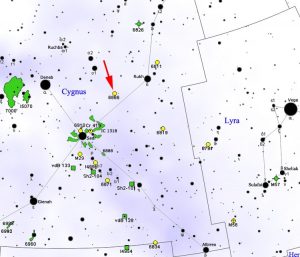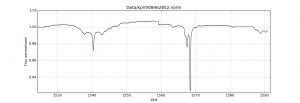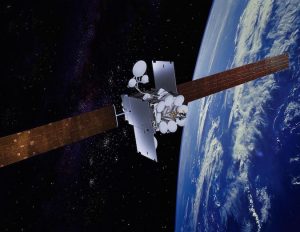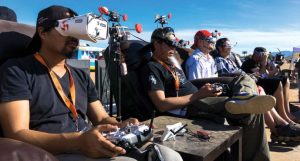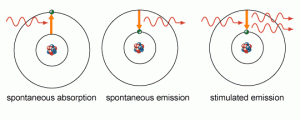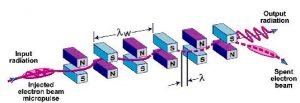Anyone familiar with Science Fiction knows that Ben Bova is SF royalty. Author of over hundred fiction and non-fiction books Ben Bova has received six Hugo awards, been the editor of both Analog and Omni science fiction magazines as well as a being a former President of the Science Fiction Writers of America. I need to take a breath after all that.
Death Wave is Bova’s latest title; actually he’s so prolific I may already be wrong about that. Death wave is a sequel to his earlier novel New Earth so I’ll have to catch you up on what happened in that story.

Jorden Kell is the leader of humanity’s first expedition into interstellar space. The expedition finds the dead remains of alien civilizations, their planets sterilized by a wave of gamma radiation that has erupted out of the black hole at the center of our Galaxy.
Only a race of machine intelligences has managed to survive and they warn Jorden Kell and his crew that the Death Wave will reach Earth in 2000 years. The machine intelligences also give Kell the necessary knowledge to produce a force field type technology that can protect us from the Death Wave. In exchange for this assistance humanity is to send space missions to six nearby intelligent but pre-industrial alien species in order to protect them.
All that is back story to “Death Wave” which begins when Jorden Kell and several other members of his expedition have returned to Earth and try to convince the governments of the World of the danger to Earth and the nearby civilizations. But 200 years have passed since the astronauts departed on their mission and the World is not the one they left.
In particular Anita Halleck, the Chairwoman of the World Council is too busy trying to bring all of the Solar System’s bureaucracies under her control to concern herself with a threat to humanity 2000 years in the future, or any threat to alien civilizations at all. What does concern Halleck is her suspicions that Jorden Kell is trying to use his notoriety to supplant her, something she will prevent at any cost.
Add in terrorists who believe Jorden Kell is actually paving the way for an alien invasion, security personnel who do the Chairwoman’s very dirty work and a trip to an orbiting habitat for 200,000 humans and you get a pretty wild escape story. The problem is that most of the science fiction is actually left over from the first novel leaving “Death Wave” with little more than political machinations and a good chase sequence.
I don’t want to give away too much but I think that even Ben Bova felt that way because the ending comes as a bit of a letdown. The bad guys get the drop on the good guys then good guys turn the tables and it’s over!
I’m not saying “Death Wave” wasn’t good. In fact it was quite exciting. It just wasn’t as interesting as “New Earth”. There is a third novel coming in the series, “Apes and Angels” which may already be available. This third novel is going to follow one of the expeditions to rescue the alien civilizations and I think there will be more SF in it. I’ll be certain to let you know after I read it!

